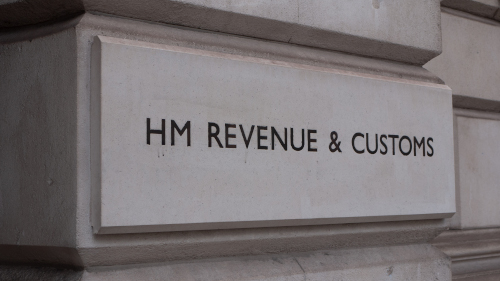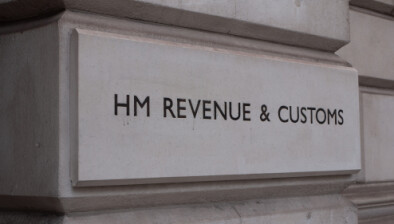HMRC: Tax gap holds steady at 4.8% for second year

The HM Revenue and Customs (HMRC) has reported that the UK tax gap remains steady at 4.8% for the second consecutive year, indicating the difference between the total expected and actual tax paid.
In monetary terms, the gap increased from £31 billion in the 2020-2021 tax year to £36bn in 2021-2022. This was in line with the estimated tax liabilities that rose from £643bn to £739bn over the same period.
Small businesses contributed the most to the tax gap at 56% (£20.2bn), followed by criminals, large businesses, and mid-sized businesses, each contributing 11% (£4.1bn, £3.9bn, and £3.8bn respectively). Wealthy individuals and all other individuals were responsible for 5% (£1.7bn) and 6% (£2.1bn) of the total tax gap respectively.
On the basis of the type of tax, Income Tax, National Insurance contributions, and Capital Gains Tax made up 35% (£12.7bn) of the total tax gap. Corporation Tax was the second largest component, accounting for 30% (£10.6bn). Meanwhile, the VAT gap exhibited a long-term downward trend, falling from 14.0% (£11.9bn) in 2005-2006 to 5.4% (£7.6bn).
John Barnett, chair of CIOT’s Technical Policy and Oversight Committee, commented that the pandemic seemingly didn’t have a significant effect on the tax gap and noted that HMRC’s digital record keeping and reporting system, Making Tax Digital (MTD), hasn’t notably reduced tax losses due to avoidable errors.





